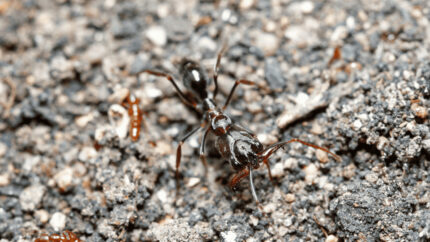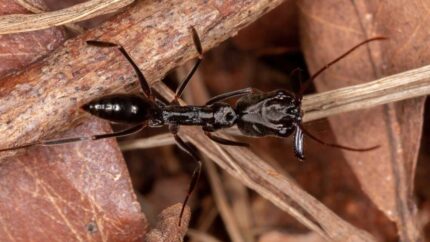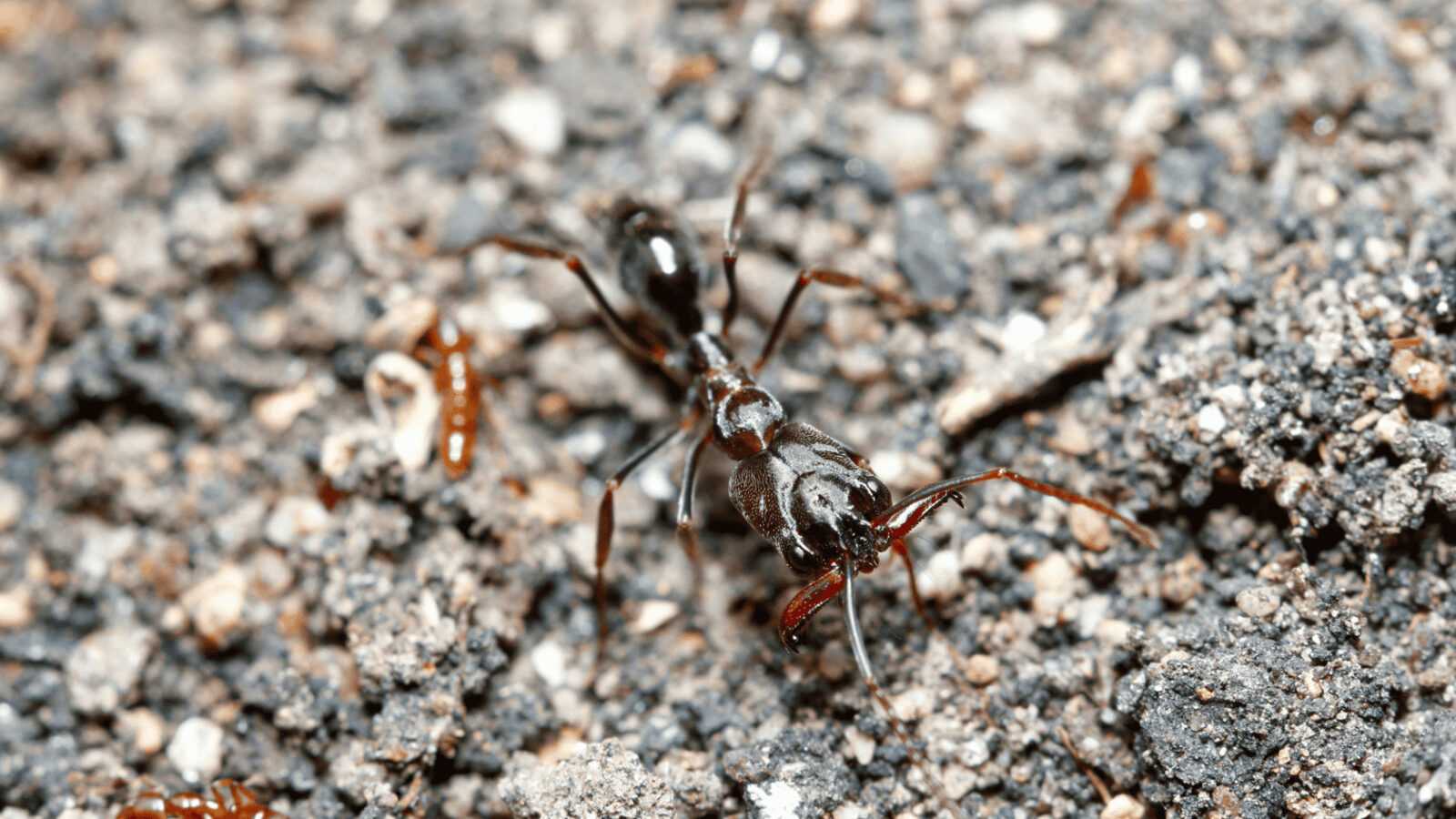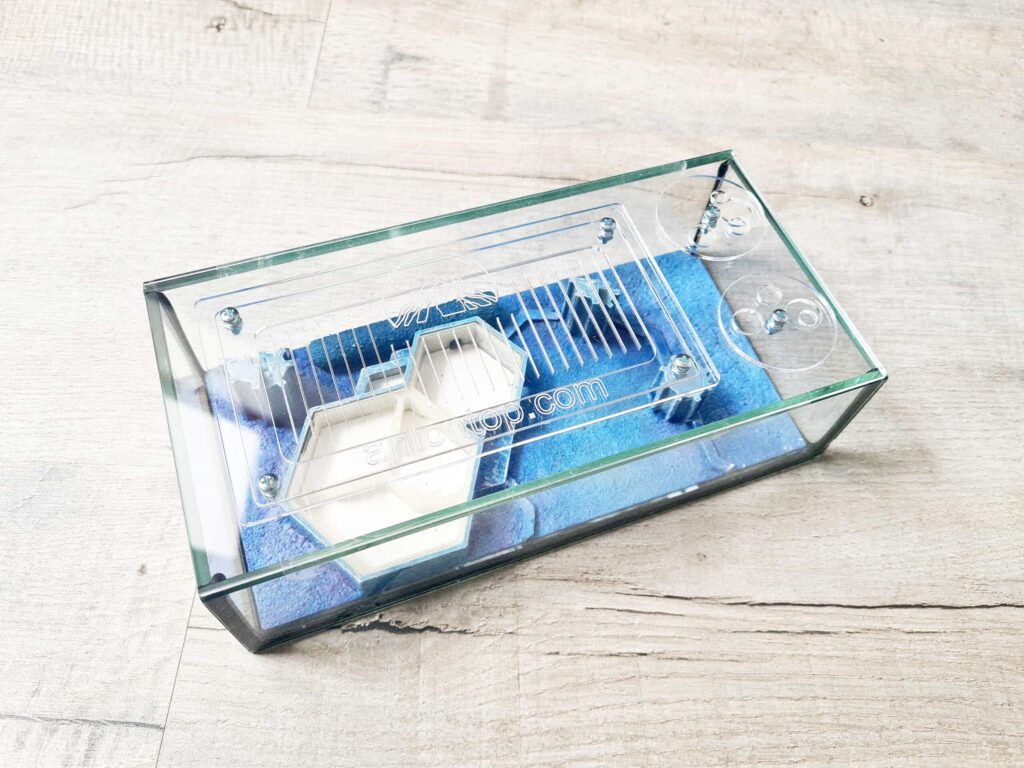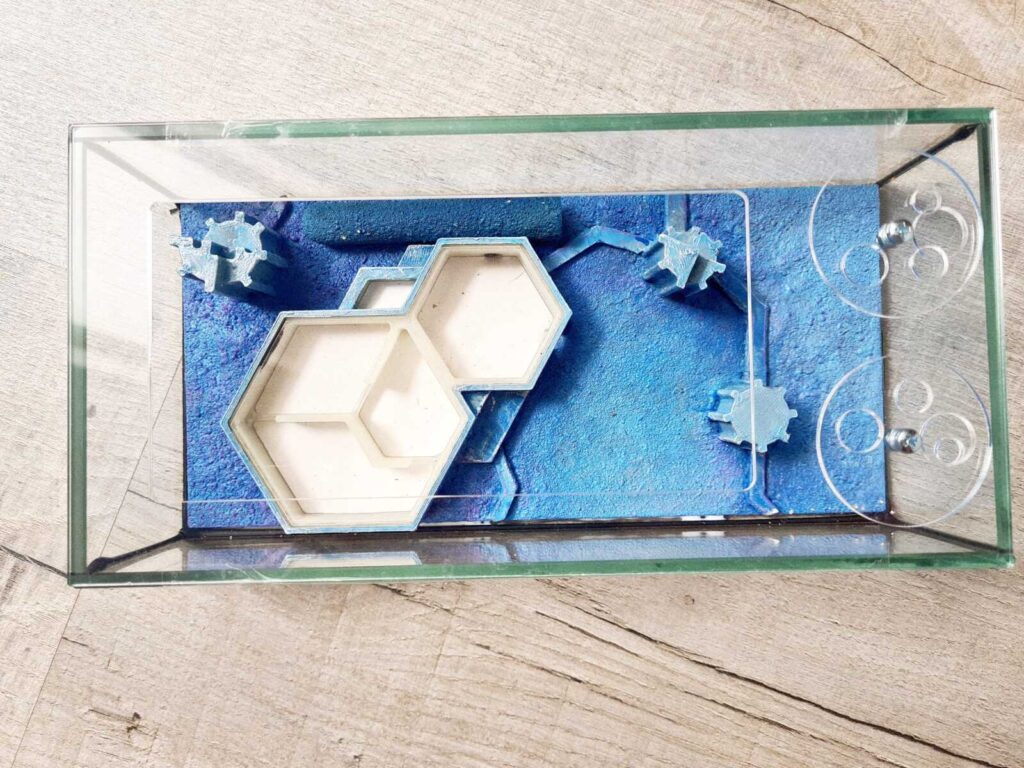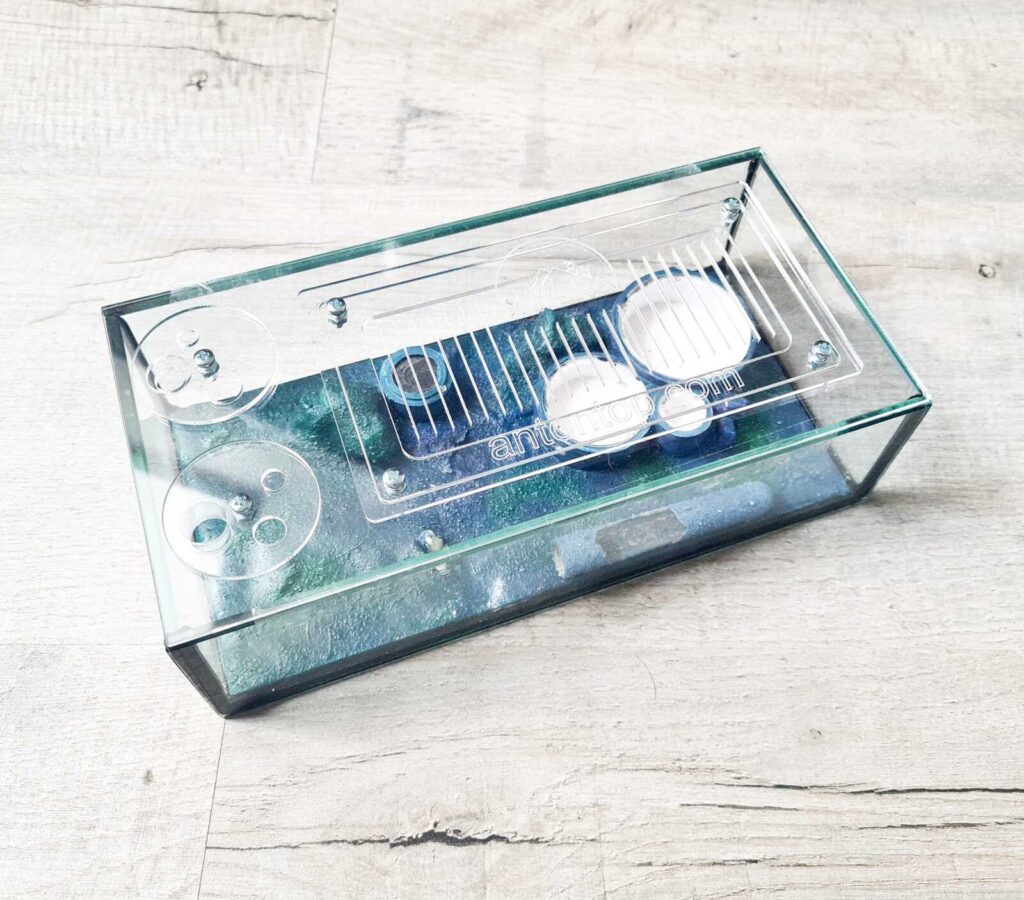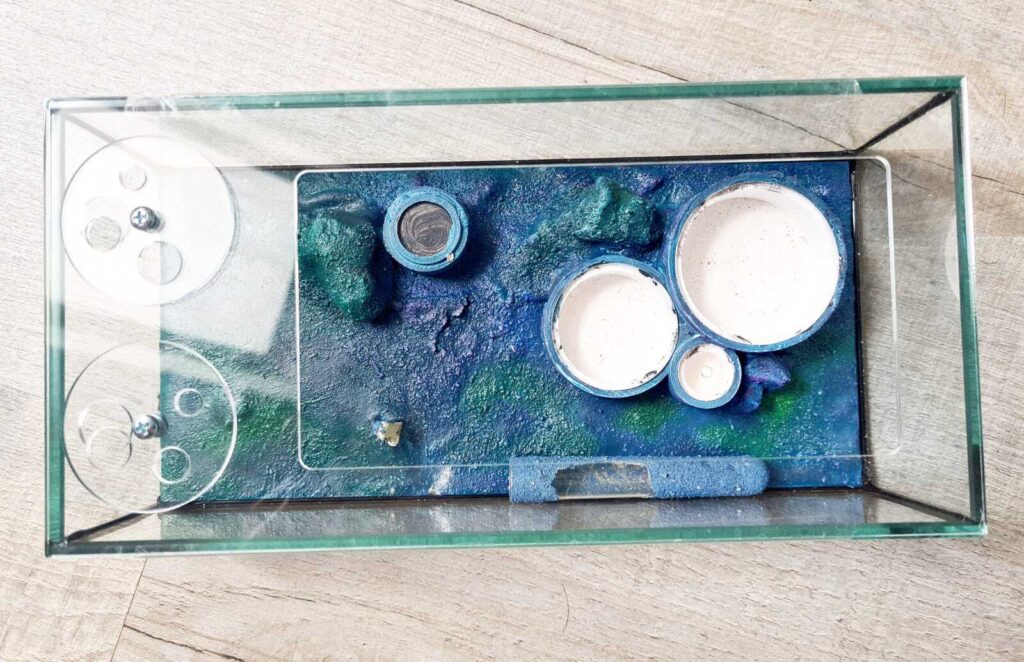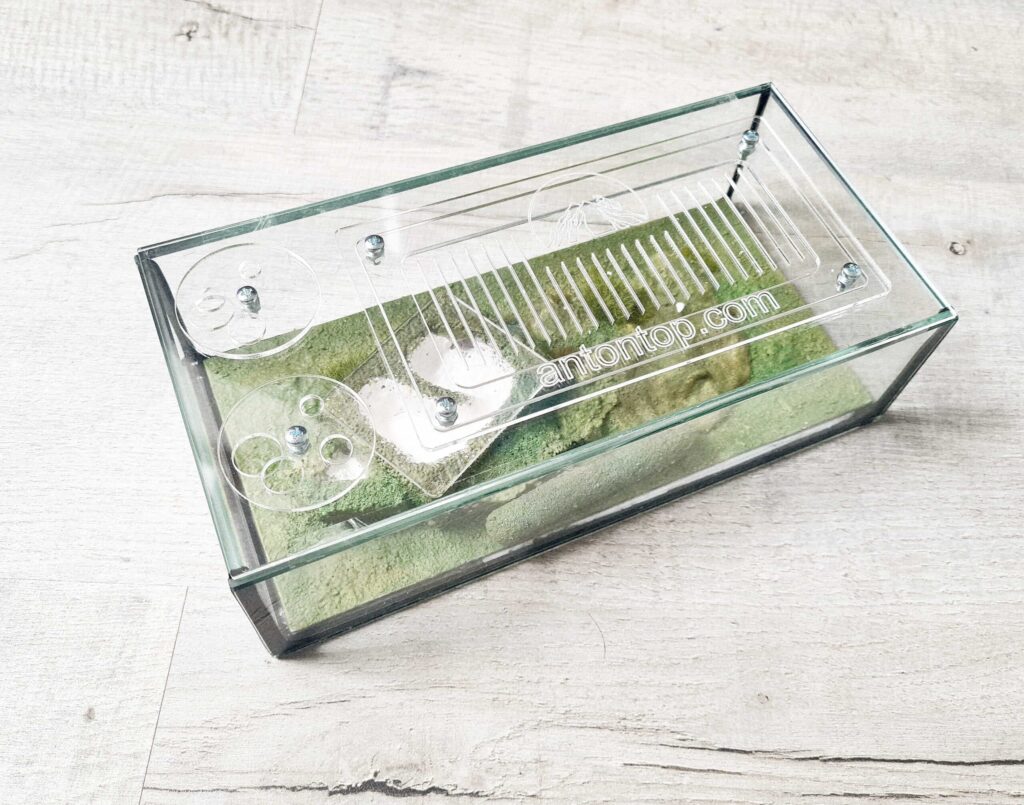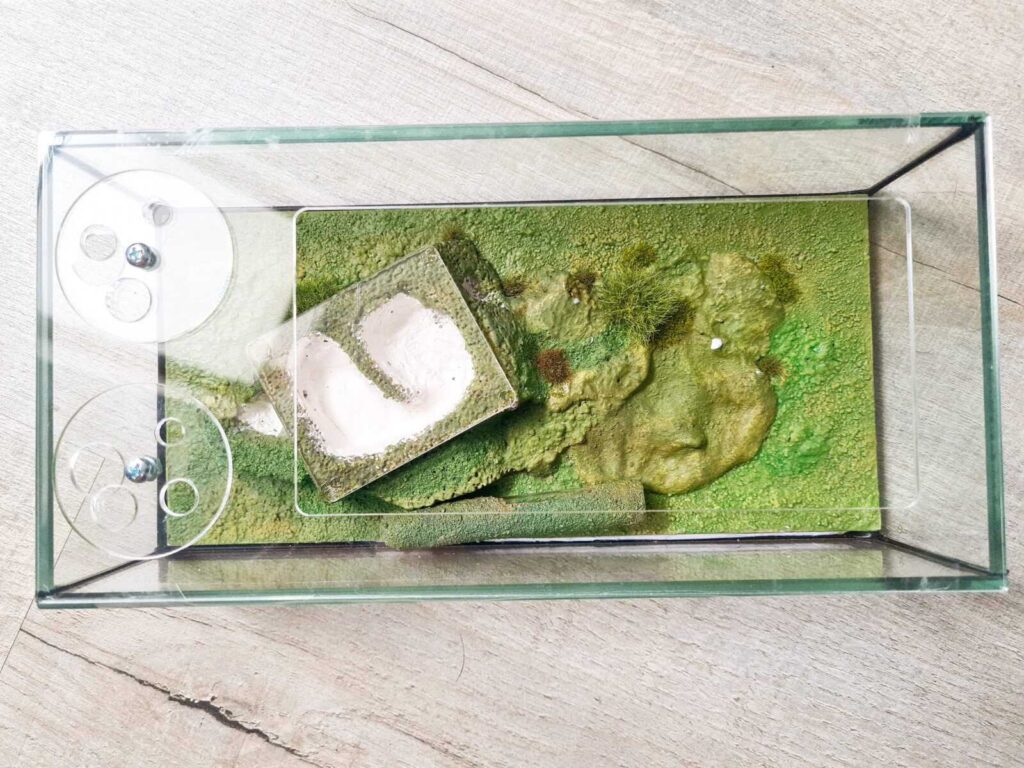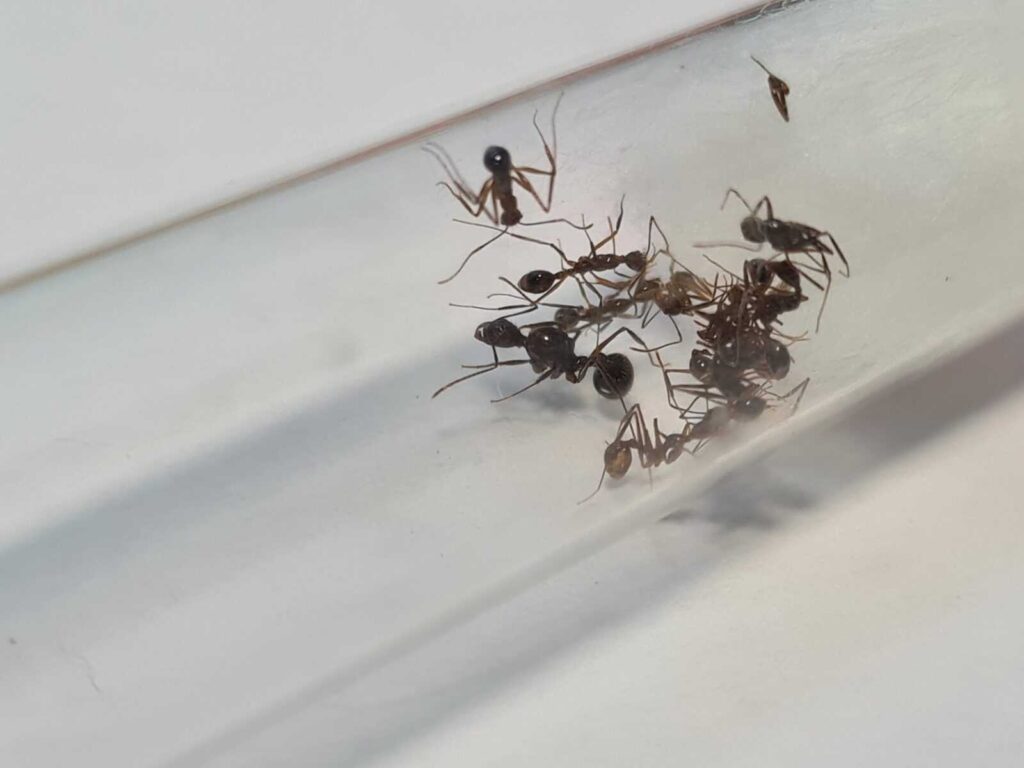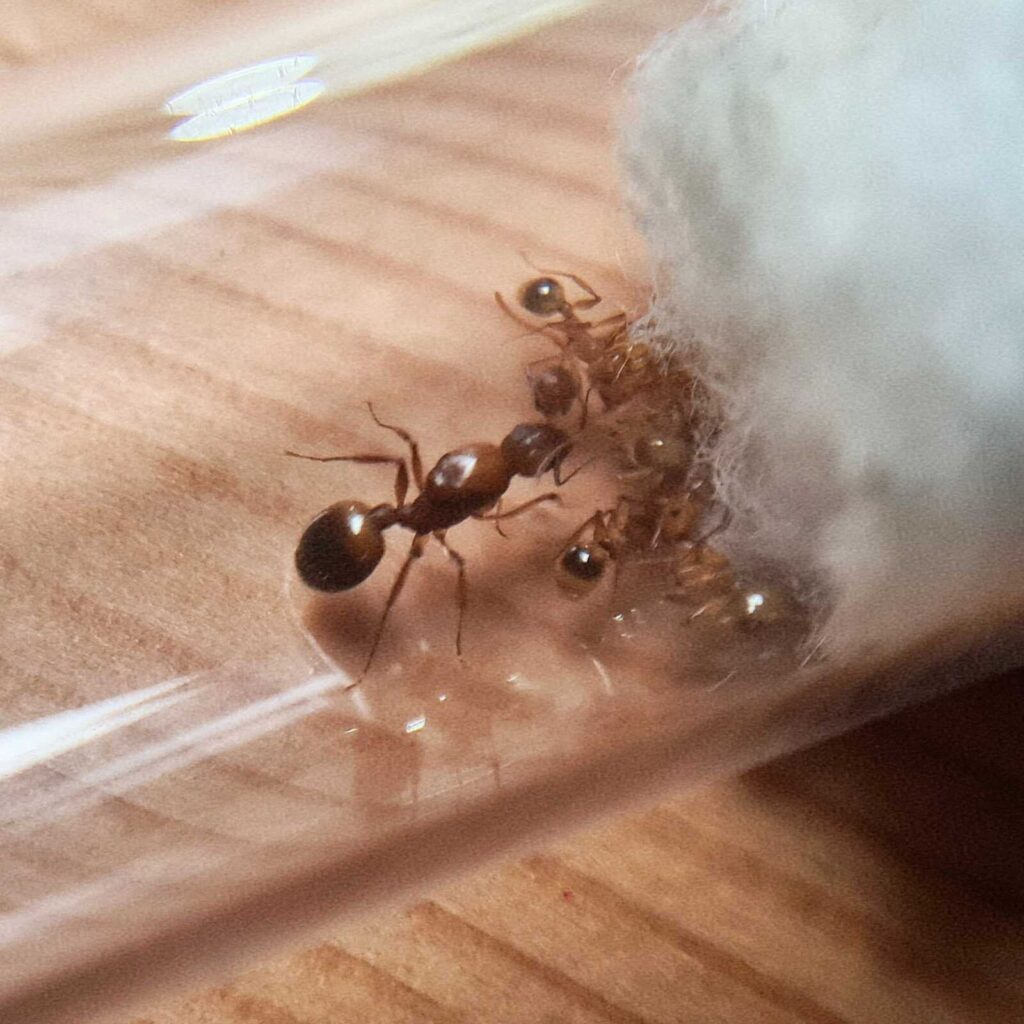Odontomachus haematodus
369,90 zł
Worldwide shipping
Free delivery over 500 PLN
The highest quality of goods
Live delivery guarantee
24/7 Personal Support
Fair Prices
Description
The Odontomachus haematodus is a polygynous ant species with a colony size of up to 500 workers. They have a medium development speed and are brown in color with golden to reddish-brown legs. Their nutrition consists of food insects like cockroaches and crickets, as well as sweet fruit. They thrive in humidity levels of 50-70% in both the arena and nest.
Additional information
| Behavior | |
|---|---|
| Difficulty in breeding | |
| Origin | |
| The size of ants | |
| Wintering |
Odontomachus haematodus – Trap-jaw Ant
The Odontomachus haematodus, also known as the Trap-jaw Ant, is a fascinating species of ant that has unique features and characteristics. In this product description, we will explore the various aspects of this ant, including its colony type, size, development speed, nutrition, and recommended nests for breeding.
Colony Type and Size
Colony Type: Polygyny
Colony Size: Up to 500 workers
Development Speed: medium
Size and Color:
- Queen: 10-12 mm
- Workers: 10-11 mm
Color: These ants have a distinct brown body color, with their legs varying from golden to reddish brown, giving them a unique appearance.
Nutrition:
- Food insects (such as cockroaches and crickets) dead, or live
- Fruits
- Jelly
- Honey
Don’t forget to check out our food products to ensure a well-balanced diet for your colony!
Humidity and Temperature:
- Humidity: Arena: 60-70%, Nest: 60-80%
- Temperature: Arena: 21-30 °C, Nest: 22-28 °C
Distinctive Features
One of the notable features of Odontomachus haematodus ants is their powerful jaws and sting. With jaws capable of opening up to 180 degrees, these ants are efficient hunters. Their unique jaw mechanism allows them to swiftly catch and prevent their prey from escaping.
Recommended Nests for Breeding
When breeding Odontomachus haematodus ants, it is essential to provide suitable nests that mimic their natural habitat. Here are some recommended nest options:
- Acrylic Nests: These transparent nests provide clear visibility of the ants’ activities and offer a stable and secure breeding environment.
- Gypsum Nests: Known for their moisture retention, these nests provide a comfortable and safe space for breeding.
- Aerated Concrete Nests: The porous structure of these nests helps maintain optimal humidity levels, providing a suitable breeding ground.
By selecting one of these recommended nests, you can create an environment that supports the natural behaviors and successful breeding of Odontomachus haematodus ants.
In conclusion, Odontomachus haematodus ants are captivating creatures with a unique trap-jaw mechanism and diverse diet. Understanding their colony type, size, development speed, nutrition, and recommended nests for breeding is crucial for their well-being and successful colony establishment. By providing them with appropriate conditions and habitats, you can witness these remarkable ants thrive and exhibit their fascinating behaviors.


